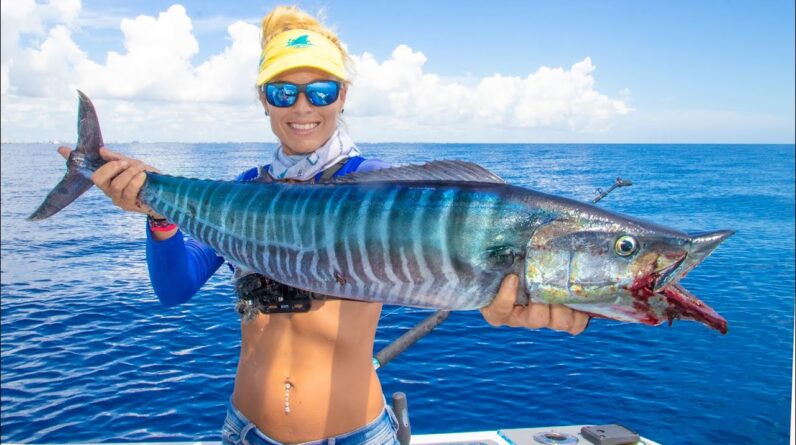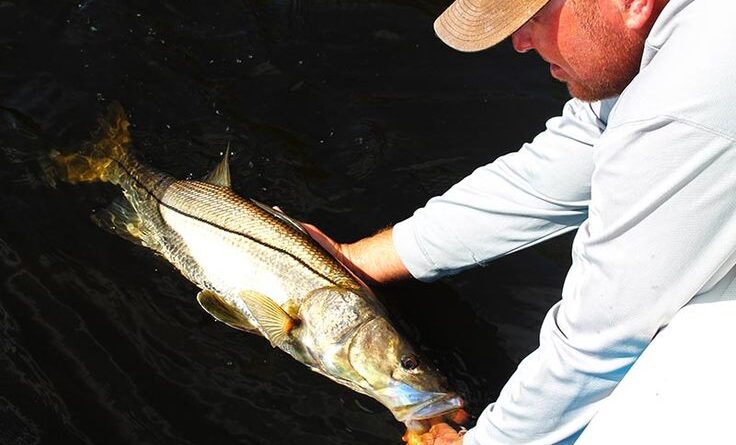At CheerfulFisherman.com, our unwavering dedication drives us to continually immerse ourselves in the world of angling, allowing us to delve deep into the nuances of various fishing techniques and styles. Among these, the art of pier fishing emerges as a particularly cherished and widely practiced method, especially in the picturesque coastal areas that grace our world.
Pier fishing is a unique experience, offering anglers a front-row seat to the mesmerizing beauty of the sea. It is a fishing style that combines the thrill of casting lines and the tranquility of the shoreline, making it a preferred choice for those seeking to blend the excitement of the catch with the serenity of the ocean.
Our team at CheerfulFisherman.com is constantly learning and sharing our insights on this popular fishing style. We believe that a deeper understanding of pier fishing techniques, gear, and best practices can enhance your angling adventures, whether you are a seasoned pro or a novice eager to explore the shores. We invite you to join us on this journey as we continue to uncover the secrets of pier fishing and help you make the most of your coastal angling experiences.
Choosing the right pier is crucial for a successful fishing experience. Look for piers in areas known for good fishing, such as those near estuaries, rocky coastlines, or fishing hotspots. Additionally, make sure the pier is open to the public and has adequate facilities like restrooms, benches, and cleaning stations. Local regulations and permits are also essential considerations.
To get started with pier fishing, you’ll need a few essential pieces of gear:
- Fishing Rod and Reel: A sturdy, medium to heavy-action fishing rod and reel combination is essential for pier fishing. Choose a rod with enough length (typically between 7 to 10 feet) to allow you to cast your line a good distance into the water. A quality reel with a smooth drag system is crucial for reeling in those big catches. For more information on the right reel, read our article about choosing the right reel.
- Fishing Line: A strong, abrasion-resistant fishing line is necessary, as you might encounter rough surfaces and sharp barnacles along the pier. Monofilament or braided lines in the 15-30 lb test range are common choices for pier fishing.
- Tackle Box: A well-organized tackle box is essential for carrying an assortment of hooks, sinkers, swivels, lures, and other terminal tackles. Make sure you have a variety of hook sizes and styles to match the type of fish you’re targeting.
- Bait: Live or artificial baits are crucial for attracting fish. Popular options include live shrimp, squid, cut bait (such as mullet or mackerel), and artificial lures that mimic local baitfish. It’s a good idea to have a selection of both live and artificial bait to adapt to different fishing conditions. You can find more information in our article about live bait vs lure.
- Pliers and Cutters: A good pair of needle-nose pliers and line cutters are essential for handling fish, removing hooks, and cutting lines when necessary.
- Fishing Accessories: Don’t forget to pack accessories like a fishing hat, sunglasses, sunscreen, and a fishing towel. These items will keep you comfortable and protected during long hours on the pier.
- Tackle Bag or Backpack: A tackle bag or backpack is ideal for carrying your gear and keeping it organized. Look for one with multiple pockets and compartments to accommodate all your equipment.
- Fishing License: Before you start fishing, ensure you have the appropriate fishing license for your location. Regulations and requirements can vary from place to place, so be sure to check and comply with local fishing regulations.
- Fishing Cart: If you plan to bring a lot of gear or have a long walk to the pier, a fishing cart can be a lifesaver. It makes it easy to transport your equipment, coolers, and catch of the day.
- Landing Net: A landing net is useful for safely bringing in larger fish, ensuring they don’t escape as you try to lift them onto the pier.
- Cooler: A cooler with ice or cold packs is necessary for keeping your catch fresh and preventing spoilage, especially on hot days.
Your setup will depend on your target species, but a simple bottom rig is often effective for pier fishing. To create a basic bottom rig:
a. Tie a swivel to the end of your mainline to prevent line twists.
b. Attach a leader line to the other end of the swivel.
c. Add a weight (sinkers) to the bottom of the leader line.
d. Attach your hook(s) to the leader line.
Pier fishing involves a mix of casting and retrieving techniques. Cast your baited line into the water and allow it to sink to the desired depth, which may vary depending on the species you’re targeting. Keep a close eye on your rod for any sign of a bite or tug.

Safety should always be a priority when pier fishing. Be mindful of the following:
a. Respect other anglers’ space and don’t overcrowd the pier.
b. Be cautious when casting to avoid tangling lines.
c. Use sunscreen and stay hydrated, as pier fishing can be a long and sunny endeavor.
d. Watch your step and be mindful of slippery surfaces on the pier.
Pier fishing is an excellent way to enjoy the outdoors, relax, and catch a variety of fish. By selecting the right pier, using the essential gear, and following safety and environmental guidelines, you can enhance your pier fishing experience and make it a memorable hobby. So, grab your gear, head to your local pier, and get ready for an angling adventure, don’t forget to visit cheerfulfisherman.com for more tips!






